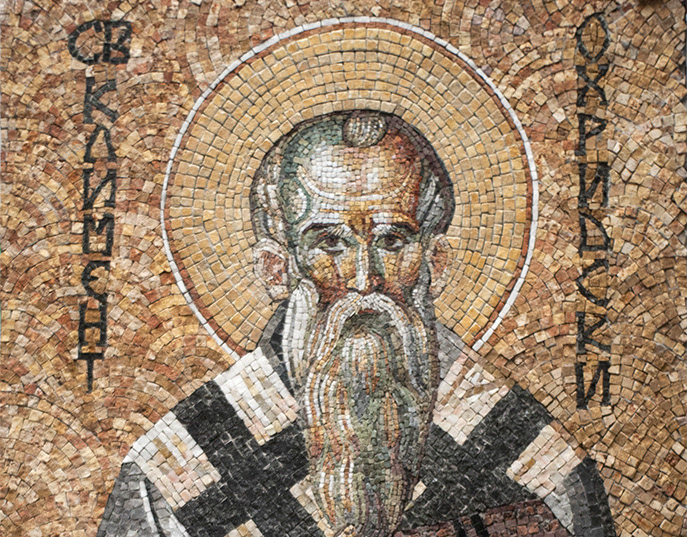He Found Himself, he will not Draw Passers-by Anymore
The book tells the story of the walkers on the beach and their experiences of day-to-day plights. The minimalist visual style captures the loneliness of the subjects /the people/. The faces of the people in the photos are obscure. The subject anonymity allows the viewer to see themselves in their stories. The use of deserted beaches as the setting for the photography adds a layer to the desolate landscapes and serves as a metaphor for the loneliness and isolation experienced by the subjects. At the same time, the abandoned beaches also speak to environmental destruction, suggesting that humanity’s carelessness contributes to the erosion of the natural world around us. The titles try to /ask/ undermine the usual tradition of understanding the role of the title in one very charming human discipline, the Art. The book also has a video part. Overall, this photo book engages the viewer on multiple levels.
Requirements - This book can only be viewed on an iOS device with Apple Books on iOS 12 or later, iBooks 3 or later, and iOS 4.3 or later, or Mac with iBooks 1.0 or later and OS X 10.9 or later.
Dzolomari is a long-surviving pagan ritual in the village of Begniste, in the Republic of Macedonia (Southeastern Europe). The tradition’s history stretches back to the fourteenth-century invasion of Macedonia by the Ottoman Turks. The Dzolomari is a masked group of performers who chase the evil spirits from their village. Their battle with an unknown, unseen enemy is a time filled with magical and satirical elements. The name of the village, Begniste, comes from the word “bega” or “beganja” which means “to escape”. Its people trace their ancestors to the Azot village in the middle of the Republic of Macedonia. When these ancestors fled the Turkish army, they settled in the Tikves region of Macedonia. Their new home eventually became the village of Begniste. The Dzolomari ritual happens in the depths of winter, from January 7th-19th, when the people believe evil spirits, sicknesses, witches, and demons invade their village.
Every year, on January 14th, a group of men gathers to become the Dzolomari. They begin by preparing in their homes, painting their faces with dead coals from the fire. Next, they put on a hooded black or brown garment called a “chulavka” made from wool woven on a traditional loom. They also wear wool beards and mustaches, rough-hewn, heavy masks. Lastly, they drape ten or more heavy bells from belts around their waists. Dzolomari gathers in the middle of the village in the evening. Driven by adrenaline and energy, they jump and stamp their feet. They whack their wooden canes against the ground and knock the heavy bells around their waists together. The men dance aggressively, making lots of noise to chase away the evil spirits and keep them from the village for the entirety of the year. The Dzolomari clang their bells, slap their canes, and stomp their feet to wake the people from winter slumber.
Their intense, twenty-four-hour, improvised performance includes two figures dressed in white like brides. The brides symbolize the coming year. Villagers who are not a part of the masked group try to steal the brides from the Dzolomari, who defend the brides by hitting the villagers. If the villagers succeed, they mimic or pantomime sexual acts with the brides. This ritualized performance symbolizes fertility and good harvests in the coming year. From dawn until late morning, the Dzolomari enter every house in the village and chase away the evil spirits. In return, the villagers make offerings that the Dzolomari gather and then load onto a donkey. The weight of the gifts on the donkey represents their prayers for a good harvest in the coming year. The people believe that the greater the weight of the gifts, the more fruitful their crops will be. Every year, the people of Begniste reenact this centuries-old battle against an unknown enemy. Throughout their whole lives, the villagers relive this tradition many times. The performance always moves those who witness Dzolomari. They are forever changed. Welcome to the village of Begniste. The date is January 14th.
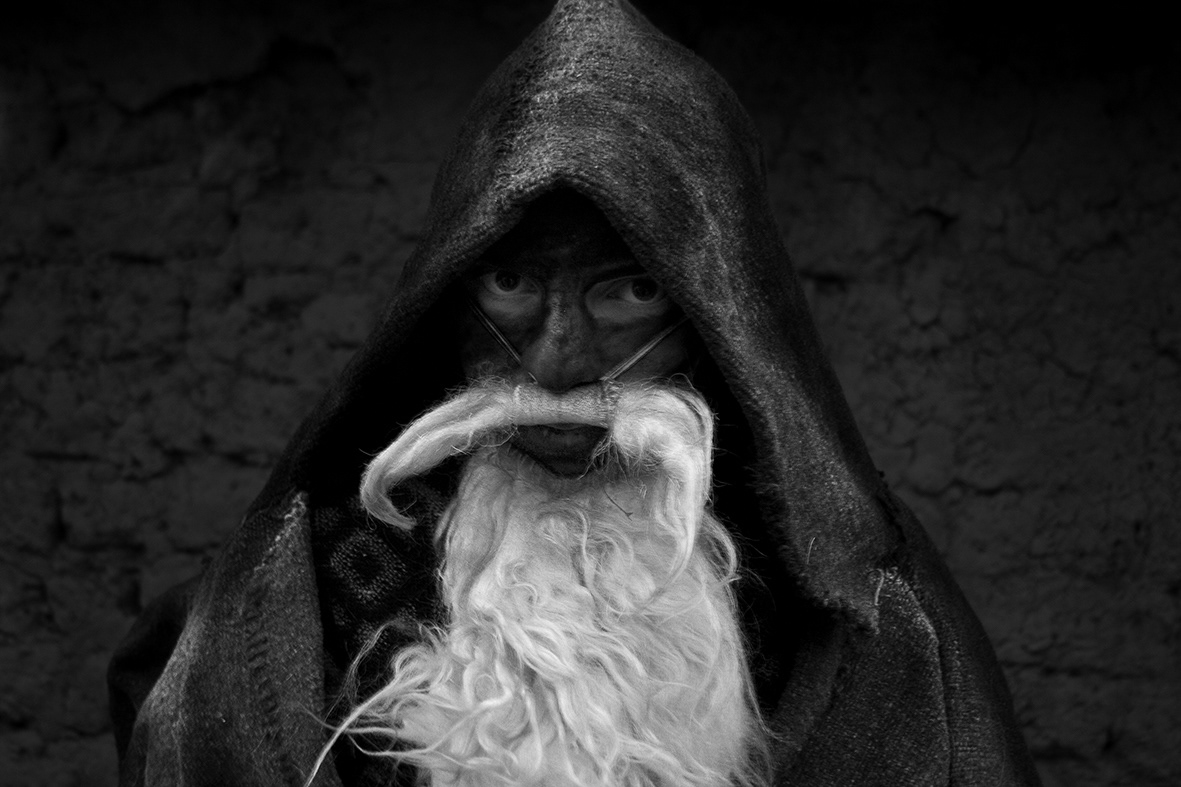

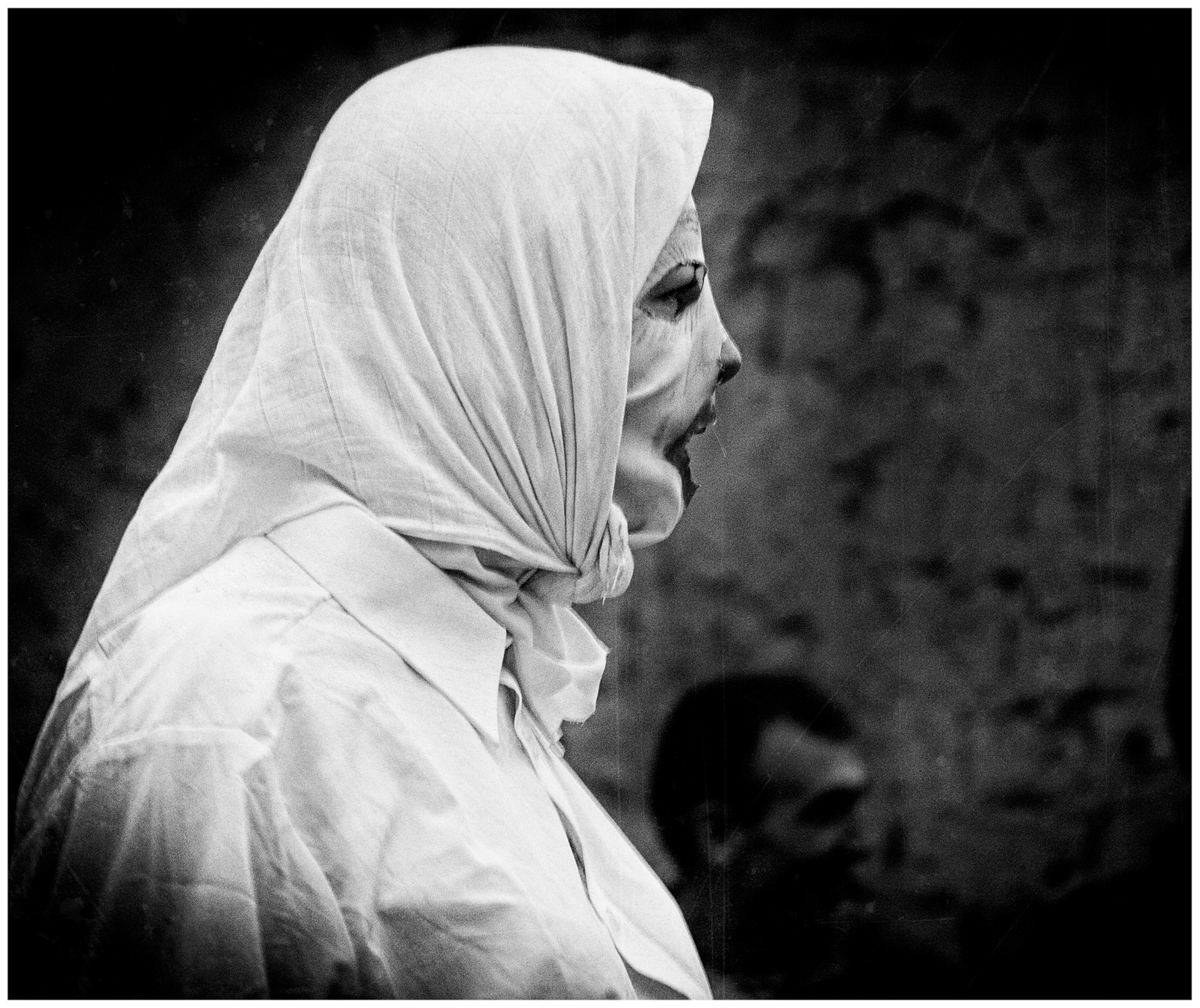



One fairy tale, two colors tell a fairytale about love, hate, happiness, and one avocado. The photos capture the essence of the performances and explore emotions and themes in a visually striking way. This book is a must-read for theater and photography enthusiasts alike.
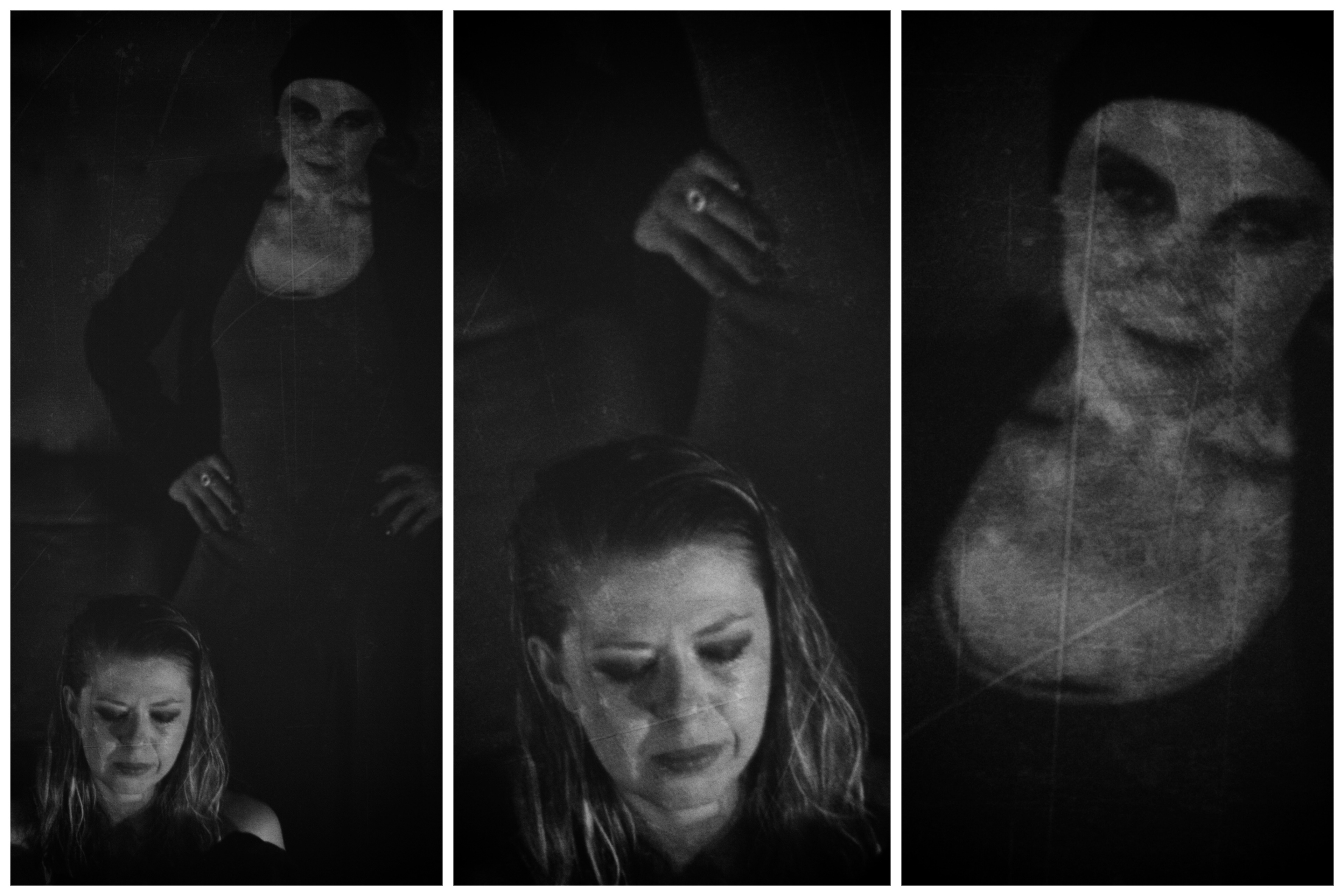
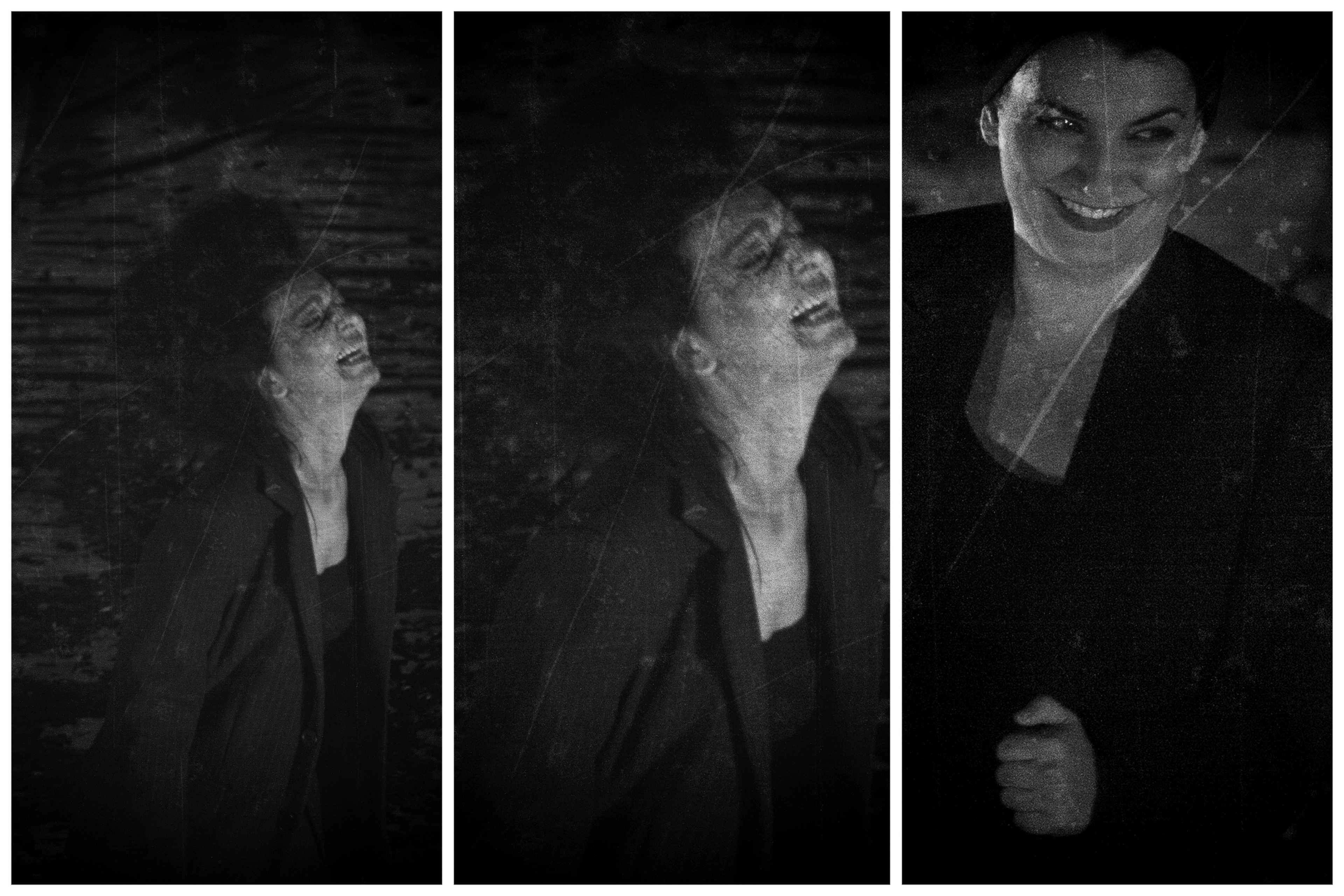

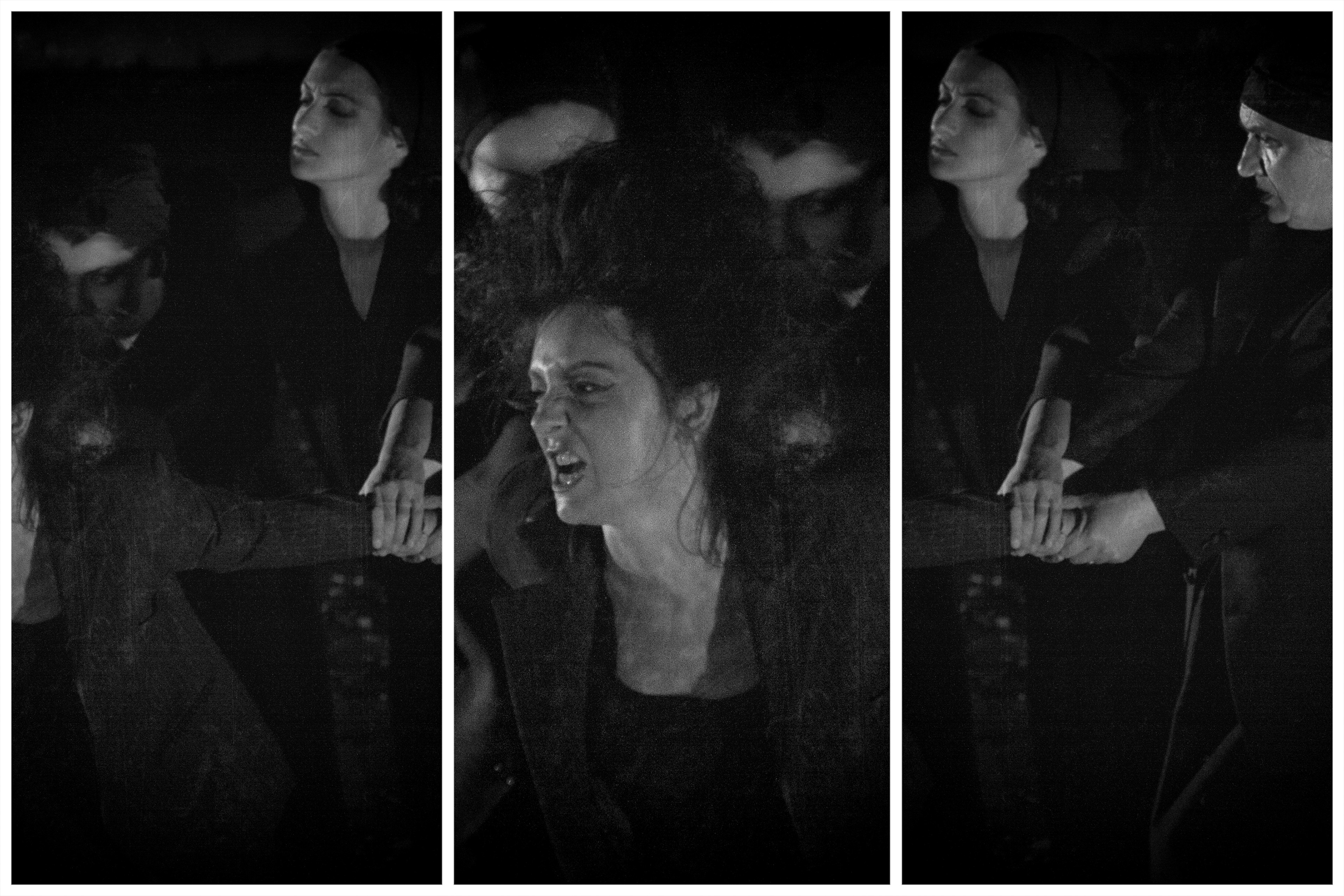


Native Ornaments is an educational coloring book for children designed to aid in the development of fine motor skills and hand muscles. The book features various symbols and their names, allowing children to practice letter formation, spelling, and coloring.





